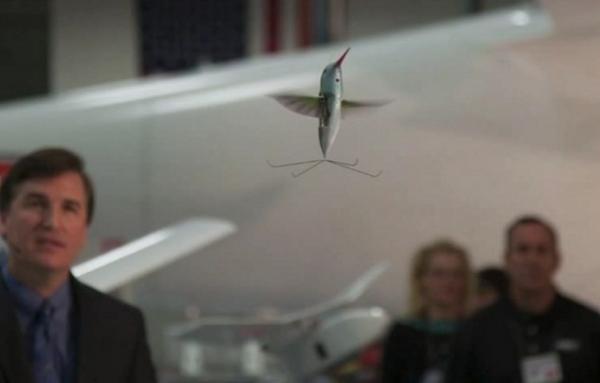Robotic Hummingbird UAV Flies Out of DARPA Lab

A tiny robotic hummingbird may soon join its much larger drone cousins patrolling modern-day battlefields for the U.S. military. Its small size and unique hovering ability means that it can also perform indoor as well as outdoor military missions in the tight quarters of city environments.
The so-called "Nano Hummingbird" can hover and fly forward using just the rapid flapping of its two wings. But the robotic wonder experienced plenty of crashes since development by AeroVironment began in 2005, as seen in a new video from the Pentagon's DARPA lab which funded the project.
All those early setbacks let to a more rugged final version of the ultra-lightweight unmanned aerial vehicle that can keep flying despite wind gusts. Human operators can steer the barely 6 inch (15 cm) sized drone with an on-board camera that sends video to the pilot in real-time.
Such a creation points to a trend toward flocks of smaller drones, as listed by the U.S. Air Force on its wish list. Having many tiny drones such as the Nano Hummingbird also calls for new nature-inspired capabilities such as insect vision and reflexes to avoid midair collisions. Part of that smaller drone future may very well include more flying robots based on birds, if engineers have mastered the tricky flight mechanics of the hummingbird.
This story was provided by InnovationNewsDaily, sister site to LiveScience. Follow InnovationNewsDaily on Twitter @News_Innovation, or on Facebook.
Get the world’s most fascinating discoveries delivered straight to your inbox.



